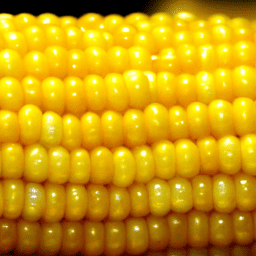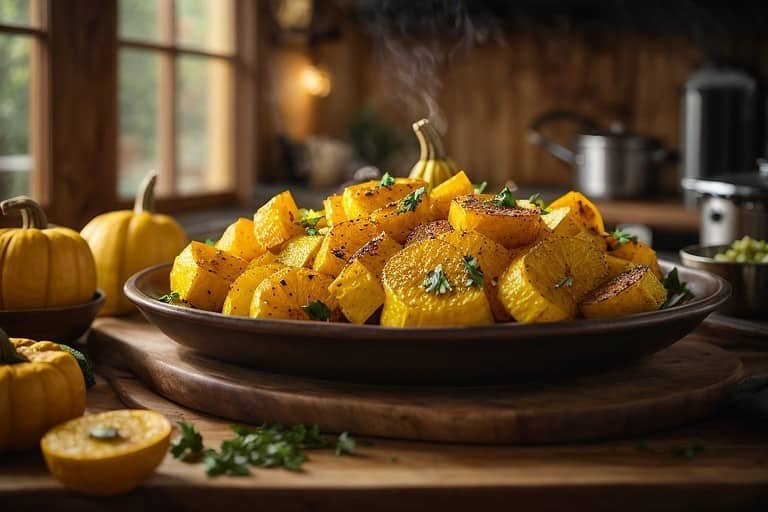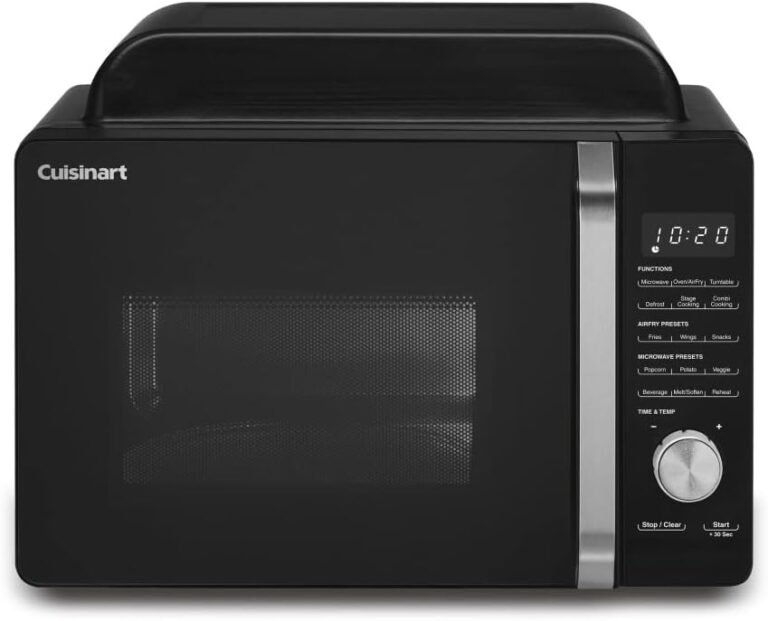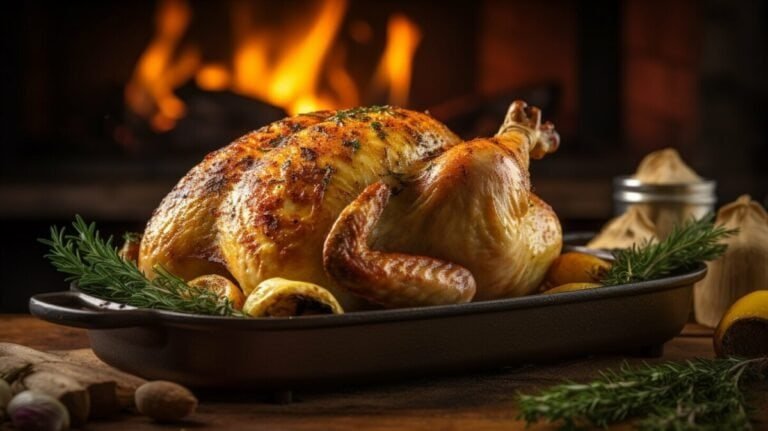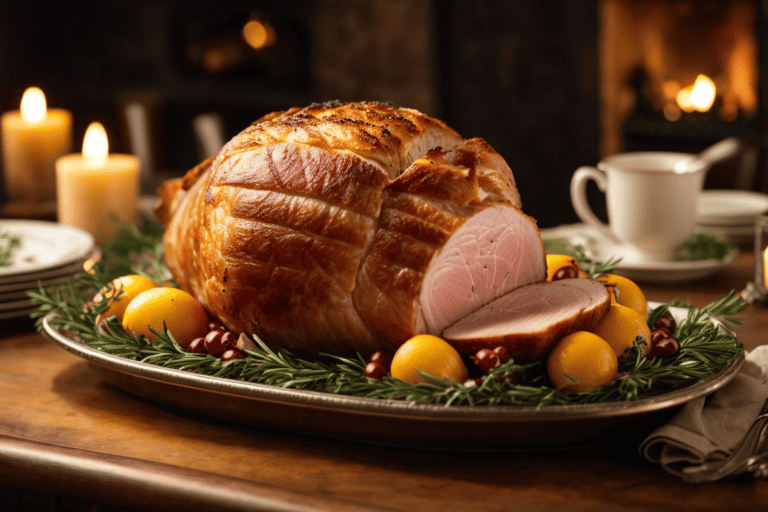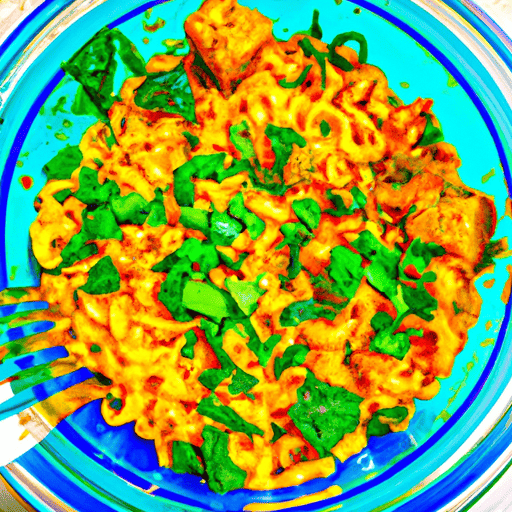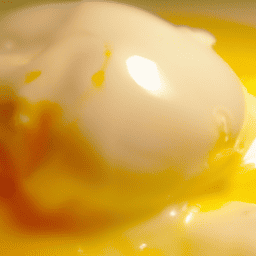How To Cook Corn On The Cob In The Microwave
If you’re craving the sweet and juicy taste of corn on the cob, but don’t want to wait for water to boil or deal with the hassle of firing up the grill, then look no further! This article will show you a quick and convenient method for cooking corn on the cob in the microwave. With just a few simple steps, you’ll be able to enjoy perfectly cooked corn in minutes, making it the perfect side dish for any meal. Say goodbye to long cooking times and hello to delicious corn on the cob in an instant!
Understanding the Basics
Why cook corn in the microwave
Cooking corn in the microwave is a quick and convenient method that saves you time and effort. The microwave provides a way to cook corn without the need for a stove or boiling water. It is a practical option for those who have limited cooking equipment or are looking for a hassle-free way to enjoy delicious corn on the cob.
Benefits of microwaving corn
Microwaving corn offers several benefits. Firstly, it is a time-saving method, allowing you to enjoy a freshly cooked corn on the cob in just a few minutes. Secondly, microwaving retains the natural flavors and nutrients of the corn, ensuring that you savor the sweet and succulent taste. Additionally, microwaving avoids the process of boiling, which can sometimes leach out the nutrients present in the corn.
Myths about microwaving corn
There are a few myths surrounding microwaving corn that we should debunk. One common misconception is that microwaving corn results in a loss of flavor or texture. However, when done correctly, microwaving can produce corn that is just as delicious and tender as other cooking methods. Another myth is that microwaving corn is not safe. In reality, as long as you follow proper cooking guidelines, microwaving corn can be a safe and effective way to prepare this versatile vegetable.
Choosing the Right Corn
Fresh corn vs. frozen corn
When it comes to choosing the right corn for microwaving, fresh corn is generally the preferred option. Fresh corn offers a crisp and flavorful taste that is hard to replicate with frozen corn. Additionally, fresh corn is often readily available during the summer months when corn is in season.
However, if fresh corn is not available, frozen corn is a suitable substitute. It is essential to ensure that the frozen corn you select is of high quality and free from ice crystals. Thaw the frozen corn before microwaving for best results.
How to choose the right corn
When selecting corn for microwaving, there are a few key indicators to look out for. Firstly, inspect the husks, which should be free from any signs of mold or damage. Next, gently squeeze the corn to feel for even and firm kernels beneath the husk. The presence of plump and tender kernels indicates that the corn is fresh and suitable for microwaving. Lastly, check for a bright green color at the base of the corn, as this is another sign of freshness.
Ideal size of the corn cob for microwaving
When choosing corn for microwaving, consider the size of the corn cob. Smaller or medium-sized corn cobs are generally more suitable for microwaving, as they cook more evenly and quickly. Larger corn cobs may require additional cooking time and could result in unevenly cooked kernels. Opt for corn cobs that are approximately 6-7 inches in length for the best results.
Preparing the Corn for Cooking
Cleaning the corn
Before cooking, it is essential to clean the corn to remove any dirt or debris. Start by peeling back the outer husks, exposing the inner layers. Gently rinse the corn under cool water, ensuring that all the husks and silk are washed away. Once cleaned, pat the corn dry with a paper towel to remove excess moisture.
Removing corn silk
Removing the corn silk is an important step to ensure a pleasant eating experience. The corn silk can be easily removed by hand by grasping the silk at the very top of the corn and pulling downward in one swift motion. If any stubborn strands remain, use a soft-bristled brush or vegetable peelings to gently brush them away.
Trimming the ends of the corn cob
To facilitate even cooking, it is recommended to trim the ends of the corn cob. Use a sharp knife to slice off a small portion of the stalk end and the tip of the cob. This step ensures that the corn cooks evenly and prevents any burnt ends. Take caution while handling the knife and use a cutting board to prevent accidents.
Microwaving with Husk
Advantages of microwaving with husk
Microwaving corn with the husk intact offers several advantages. The husk acts as a natural steaming method, trapping the moisture and heat, which results in tender and flavorful corn on the cob. Cooking corn with the husk also helps retain the vibrant color of the kernels and prevents them from drying out.
How to properly cook corn with husk in the microwave
To cook corn with the husk in the microwave, start by placing one or two corn cobs in a microwave-safe dish. It is essential to ensure that the dish is large enough to accommodate the corn without any overlapping. Next, microwave the corn on high heat for approximately 4-5 minutes per cob. Check the corn for doneness by gently pressing a kernel and inspecting its tenderness.
The right timing for cooking corn with husk
The cooking time for corn with the husk will vary depending on the wattage of your microwave. As a general guideline, start with 4-5 minutes per cob on high heat and adjust the timing as needed. It is always best to check the corn for doneness after the initial cooking time and add additional minutes if required. Remember, the goal is to achieve tender and juicy corn without overcooking it.
Microwaving without Husk
How to properly microwave corn without husk
If you prefer to microwave corn without the husk, it is important to take a few extra steps to ensure a delicious outcome. Start by removing the husks and silk from the corn, following the cleaning steps mentioned earlier. Once cleaned, wrap each corn cob individually in microwave-safe plastic wrap. This step helps to trap in the moisture and prevents the corn from drying out.
Should you wrap the corn cob in a damp paper towel?
Some people recommend wrapping the corn cob in a damp paper towel before microwaving without the husk. While this method may work for steaming other vegetables, it is not necessary for cooking corn in the microwave. The moisture from the corn kernels is sufficient to cook the corn thoroughly without the need for additional steam.
The right timing for cooking corn without husk
When microwaving corn without the husk, the cooking time may vary depending on the wattage of your microwave. As a general guideline, start with 2-3 minutes per cob on high heat. Check the corn for doneness by gently pressing a kernel and assessing its tenderness. If needed, continue microwaving in 1-minute intervals until the corn reaches your desired level of doneness.
Cooking Multiple Corn Cobs at Once
Is it possible to microwave multiple corn cobs at once?
Microwaving multiple corn cobs at once is indeed possible and can save time, especially when cooking for a large group or family. By cooking multiple cobs simultaneously, you can ensure that everyone can enjoy their corn at the same time.
How to arrange multiple corn cobs in the microwave
To cook multiple corn cobs in the microwave, it is important to arrange them properly to ensure even cooking. Start by placing the corn cobs side by side in a microwave-safe dish, leaving a small gap between each cob. Avoid stacking the corn cobs on top of each other, as this may result in uneven cooking.
Correct timing for microwaving multiple corn cobs
The cooking time for multiple corn cobs will vary depending on the wattage of your microwave and the number of cobs being cooked. As a general guideline, start with 6-8 minutes on high heat for two corn cobs, and add an additional 2-3 minutes for every two additional cobs. Checking the corn for doneness is crucial, and you may need to adjust the cooking time accordingly.
Checking for Doneness
How to check if corn is properly cooked
There are a few indicators to look out for to determine if the corn is properly cooked. Start by gently pressing a kernel with your finger or a fork. Cooked corn should feel tender and yield easily. Additionally, the kernels should appear plump and juicy. You can also insert a fork into the corn cob and observe if it easily pierces through the kernels. If the corn meets these criteria, it is ready to be enjoyed.
What if corn is not fully cooked?
If you find that your corn is not fully cooked after the recommended cooking time, you can continue microwaving it in one-minute intervals until the desired level of doneness is achieved. It is important to check the corn frequently to prevent overcooking, as overcooked corn may become mushy and lose its natural sweetness.
Handling and Serving Cooked Corn
How to safely remove hot corn from the microwave
When removing the cooked corn from the microwave, exercise caution as it will be hot. It is recommended to use oven mitts or heat-resistant gloves to protect your hands. Firmly grasp the corn cob at the base and gently twist while pulling it out of the microwave-safe dish. Remember to let the corn cool for a few minutes before handling it further.
Serving suggestions for microwaved corn
Microwaved corn on the cob can be served in various ways to suit your preferences. Traditional serving methods include slathering the corn with butter, sprinkling salt and pepper, or even adding a squeeze of fresh lemon juice. You can also experiment with different seasonings such as chili powder, garlic powder, or paprika for a unique twist. Feel free to get creative and enhance the flavors to your liking.
Storage and reheating options for leftover corn
If you have any leftover corn, it is important to store it properly to maintain its freshness. Allow the cooked corn to cool completely, then wrap it tightly in plastic wrap or place it in an airtight container. Store the corn in the refrigerator and consume it within 2-3 days for the best quality.
To reheat the leftover corn, simply place it on a microwave-safe dish and microwave on high heat for 1-2 minutes, or until heated through. Remember to check the corn for doneness before serving.
Troubleshooting Common Issues
What if corn pops in the microwave?
Occasionally, you may experience corn kernels popping during the microwaving process. This is normal and occurs due to the high temperature in the microwave. To avoid any potential mess, cover the dish with a microwave-safe lid or use a microwave-safe splatter guard to prevent the kernels from scattering.
Adjusting for varying microwave wattages
It is important to note that cooking times may vary depending on the wattage of your microwave. If you find that your corn is consistently undercooked or overcooked, you may need to adjust the cooking time accordingly. It may be helpful to conduct a few trial runs with different cooking times to find the optimal setting for your microwave.
How to handle corn that’s too dry or too wet?
If the microwaved corn turns out too dry, it may be a result of overcooking. To rectify this, try reducing the cooking time by a minute or two to retain more moisture. On the other hand, if the corn turns out too watery, it may have been cooked for too short a time. Adjust the cooking time accordingly, adding a minute or two until the corn reaches the desired texture.
Tips and Tricks to Perfect Your Microwaved Corn
Using flavors and seasonings
Microwaved corn provides a blank canvas for adding flavors and seasonings to enhance your dining experience. Apart from the traditional butter, salt, and pepper combination, you can try other seasonings like Parmesan cheese, chili lime seasoning, or even a drizzle of honey for a touch of sweetness. Explore different spice blends or experiment with herbs to create your own signature flavor.
How to keep your corn moist in the microwave
To ensure that your corn stays moist during the microwaving process, you can add a small amount of water to the microwave-safe dish before placing the corn inside. The water will create steam, which helps lock in the moisture and prevents the corn from drying out. Alternatively, microwaving with the husk intact provides a natural moisture barrier for the corn.
Other creative microwave corn recipes and ideas
Microwaving corn opens up a world of possibilities beyond the traditional corn on the cob. You can try cutting the kernels off the cob after microwaving and incorporating them into salads, casseroles, or even cornbread recipes. Another creative idea is to make a microwaved corn salsa by mixing the cooked corn with diced tomatoes, onions, jalapenos, and cilantro. The versatility of microwaved corn allows you to explore and experiment with new recipes. Let your imagination run wild!
Cooking corn on the cob in the microwave is a convenient and time-saving method that delivers delicious results. By following the proper techniques and taking note of cooking times, you can enjoy tender and flavorful corn without the need for a stove or boiling water. Experiment with different seasonings, serving options, and recipes to personalize your microwaved corn experience. With these tips and tricks, you’ll soon be savoring perfectly cooked corn straight from your microwave. Happy cooking!

